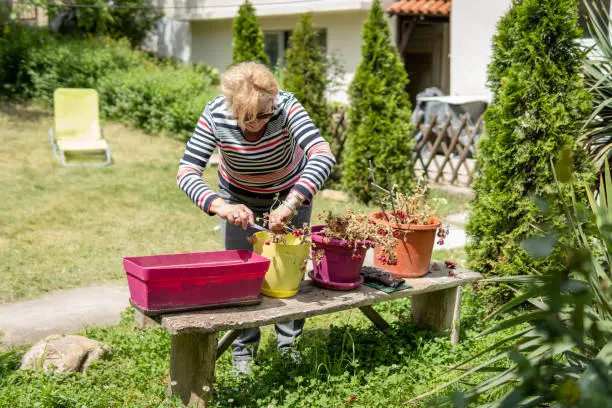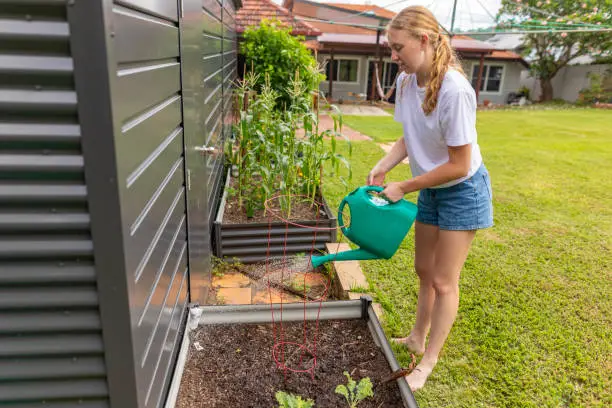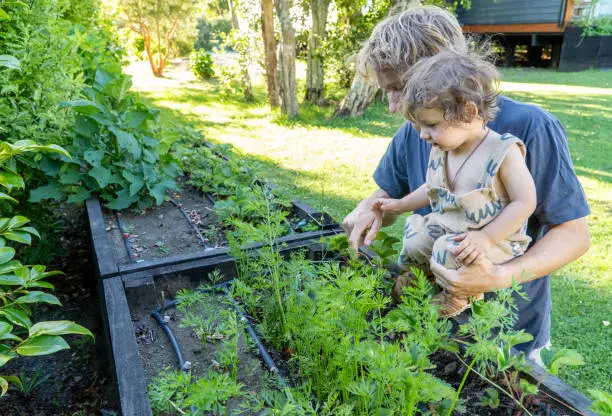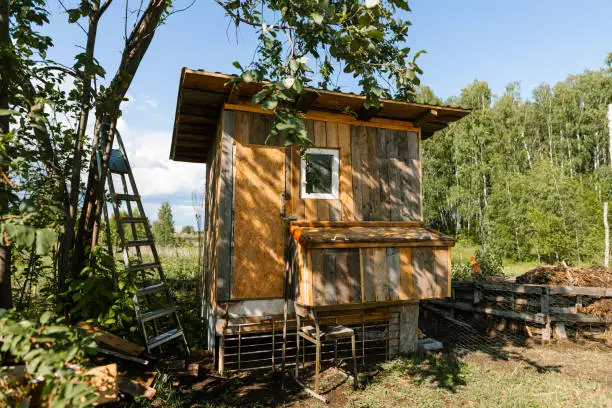Picture this: Sipping your morning coffee, you see a sleek wind turbine powering your backyard homesteading. Sounds like a dream? It’s easier than you think.
Now, wind turbines aren’t just for big farms and pastures. Technology makes them accessible to smaller landowners. Wind turbines may be the answer if you’re considering green energy but are overwhelmed with solar panels.
First, let’s discuss why you’d want a backyard wind turbine. First, they can drastically lower electricity bills. Who doesn’t like saving? They’re eco-friendly. By using wind power, you reduce fossil fuel use and carbon emissions.
Before buying one, consider these factors—location matters. There must be enough constant wind to make it worthwhile. In quiet, windless areas, it may not work.
Next, size matters! Turbines vary in size. Some can fit in small yards, but others need more room to fly! Taller turbines can capture stronger winds but may require permits or zoning limitations.
Regarding permissions… Bureaucracy appears here, too. Depending on where you reside, erecting a wind turbine may require licenses and laws! Before buying, verify local laws.
Turkey—costs and savings. The initial expenditures maybe thousands, but long-term energy bill savings often justify the investment. Additionally, grants and incentives can reduce financial stress.
Modern turbines require less maintenance than older ones, so don’t worry. A little TLC should keep them running smoothly.
Have you got neighbors? Informing them of your goals is polite and occasionally required. Nobody wants noise or unsightly clutter next door without warning!

Returning to practicalities—the details:
Assess Your Wind Resource: Use online tools or local specialists for data.
Choose a Turbine: Consider yard size, budget, energy needs, etc.
Installation: Hire specialists unless you’re handy and know electrical systems.
Choose between connecting to the grid or using batteries for storage.
Monitor Performance: Track energy production and consumption to make improvements.
Remember that no solution works for everyone—find what works best given your circumstances, tastes, goals, etc. At least it’s a conversation starter, right?
Hybrid systems use solar panels and wind turbines to provide power year-round, regardless of weather or daylight hours. Winds generate electricity even when clouds hide the sun!
Funny aside, why don’t birds hit these things? They’re smarter than we think—they sense moving blades and avoid them easily (unlike people who sometimes walk into glass doors).
Remember aesthetics! Modern designs are sleek and attractive, fitting perfectly into varied settings not to destroy the intended garden feel.

This was a quick tour of wind turbine-powered backyard homesteading worldwide! Eco-warriors seeking the next project or newcomers investigating alternatives recall necessary lies, prepare research, understand particular situation needs
The Magic of Micro-Hydro Systems: Homestead Power
Have you ever considered using water power in your backyard? Micro-hydro systems are renewable energy’s hidden heroes. These silent wizards convert water into electricity. Imagine having a little home powerhouse. How can you achieve this dream?
What is a micro-hydro system? Imagine a miniature hydroelectric dam in your garden. It generates power from stream or river water. Simple. Sort of.
You should know the basics before diving in. You’ll need constant water flow. A tiny stream or creek typically works. Don’t chase waterfalls yet—this is manageable.
Next, you need to know how much electricity you need. It depends on your household’s energy utilization. Do some quick math with utility bills.
After that, consider the turbine, generator, control systems, and pipes you need. Does this sound excessive? Worry not—we’ll explain.
Magic happens in the turbine. Water spins it like an over-caffeinated hamster on a wheel. This spinning provides mechanical energy that the generator converts into electricity.
Let’s speak place. System placement matters—a lot! It would be best to have enough flow and drop (or head) to keep things moving. Simple physics: more excellent head, more power!
Remember permissions and rules! They’re annoying, but skipping them could get you in trouble. Consult local authorities before doing anything.
Okay, then! After choosing a site and obtaining permissions, what’s next? Time to install! You may need to hire professionals if you’re proficient with tools and have experience with DIY tasks requiring electricity and water, which only mix well if mismanaged!
Last summer, my friend Jake tried to install his micro-hydro system without professional support or knowledge. It didn’t work out. Several flames flew, followed by frantic screams for aid around 2 AM!
Of course… Consider acquiring expert counsel unless you’re confident!
People often ignore maintenance when dreaming about self-sufficiency initiatives like these—it’s hard to set it and forget it! Regular checkups—cleaning intake screens or tweaking control panel settings—keep everything functioning correctly!
Another point: the environmental impact—or lack thereof—compared to other energy sources! Using existing rivers without significant changes makes micro-hydro systems environmentally friendly, which pleases Mother Nature!
Though not every backyard suits such arrangements, innovative preparation might ensure success stories instead of spectacular flops later.
Please stop with the technical jargon. Bring back fun, please.
Imagine relaxing by the babbling brook, with the same stream generating lights in a charming lodge in the woods behind your property. Pretty awesome.
Imagine sipping hot coffee on a beautiful autumn morning as mist rises gently off a pond fed directly from the creek that silently powers your farm’s electric system.
A sleek wind turbine powers your tranquil backyard homestead as you drink your morning coffee. Like a fantasy? You can do it.
Not just large farms use wind turbines. Technological advances make them accessible to smaller landowners. If solar panels seem intimidating, a wind turbine may be your green energy answer.
Why choose a backyard windmill? First, they lower electricity bills tremendously. They cut fossil fuel use and carbon emissions and are eco-friendly.
Before starting, consider these key factors. The turbine needs continuous wind flow; therefore, location is crucial. If your region is too quiet, a turbine may not work.
Also, size matters. Wind turbines vary in size. Some fit in small yards, while others need more area to function. Taller turbines capture stronger winds but may require permits and zoning.
Local rules should be checked before buying a turbine. Following local regulations and permits may be required.
Cost also matters. Investments can be costly, but energy bill savings frequently make them worthwhile. Additionally, grants and incentives might reduce costs.
Modern turbines are low-maintenance. Routine maintenance should keep them working smoothly. Inform your neighbors—courtesy keeps relations good.
Let’s get practical:
Check Your Wind Resource: Use online tools or local specialists.
Choose a Turbine: Consider yard size, budget, and energy needs.
Except for DIYers, use specialists for installation.
Choose battery storage or grid connection based on energy goals.
Check Performance: Monitor energy use and output for efficiency.
Wind-solar hybrid systems provide year-round power regardless of weather or daylight. Even in the dark, wind turbines work!
Water flow powers micro-hydro systems, another renewable energy source. A tiny hydroelectric dam in your garden might power your home. For continuous water flow, use a small stream or creek. Determine your household’s energy needs and buy turbines, generators, control systems, and pipes.
Location matters for micro-hydro systems. Power requires water flow and drop (head). Check local laws before installing.
Keeping your machine working smoothly requires maintenance. Checkups and tweaks maintain efficiency. Homesteaders might choose micro-hydro systems because they are environmentally friendly.





Leave a Reply
You must be logged in to post a comment.